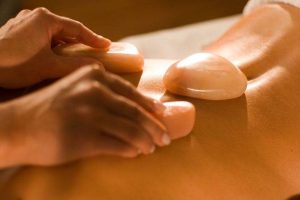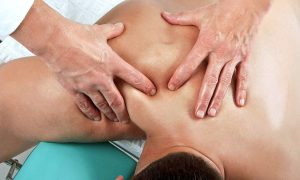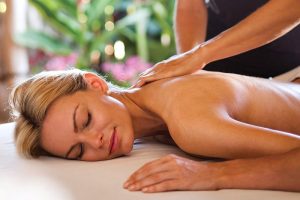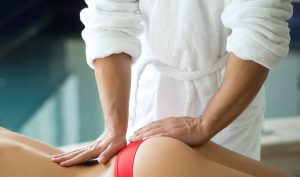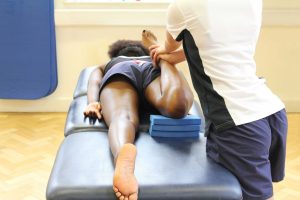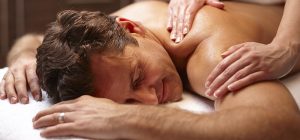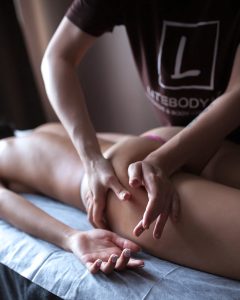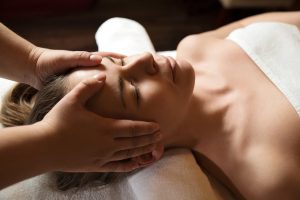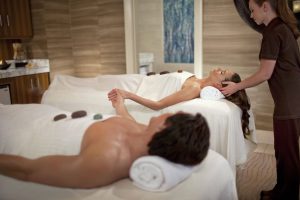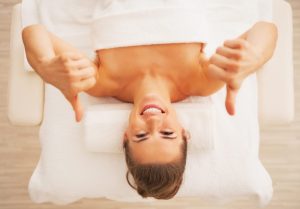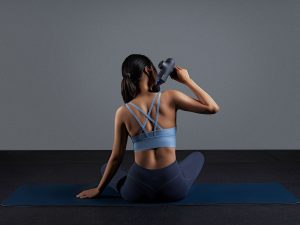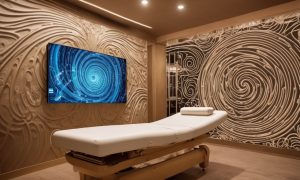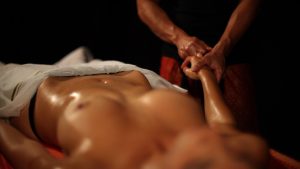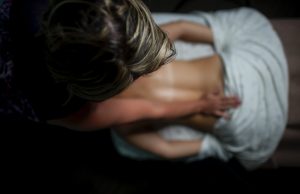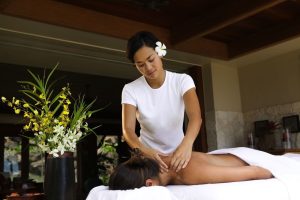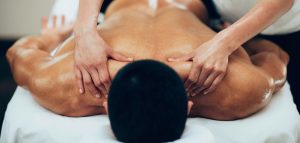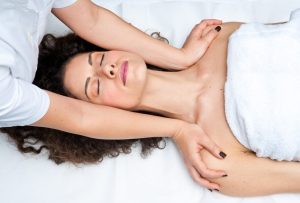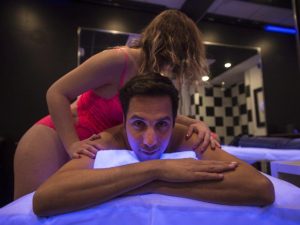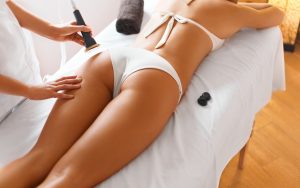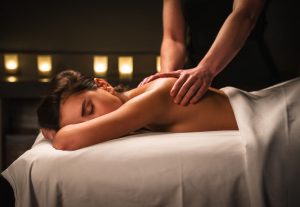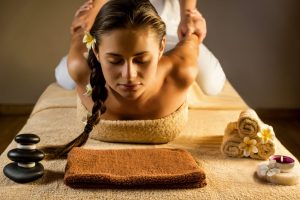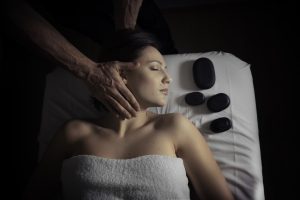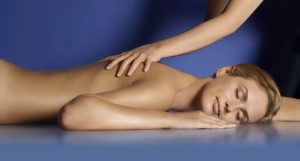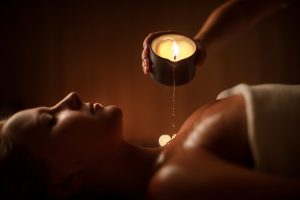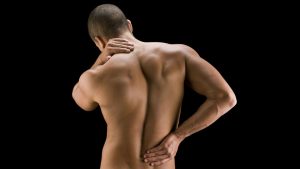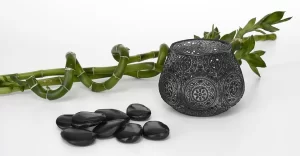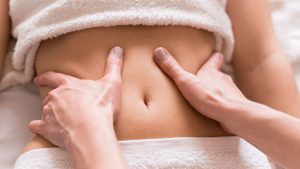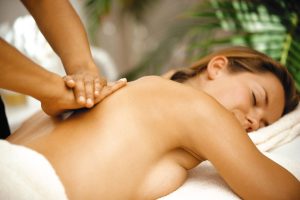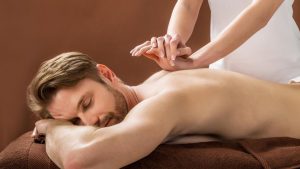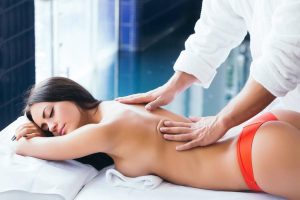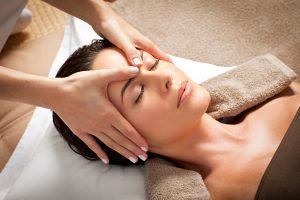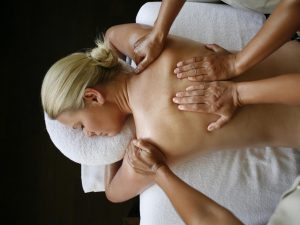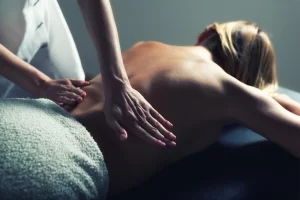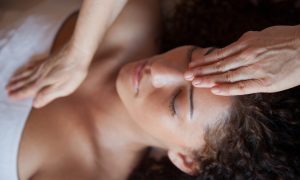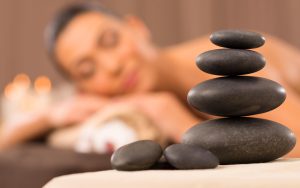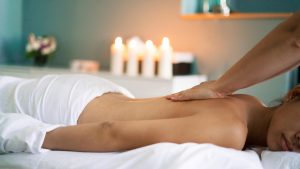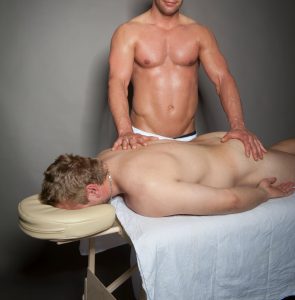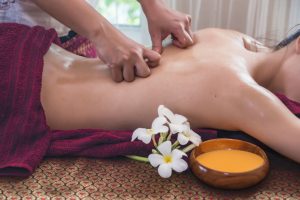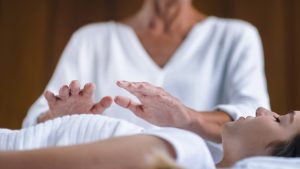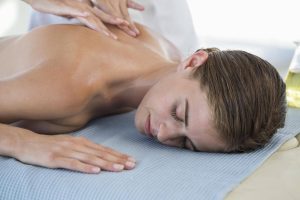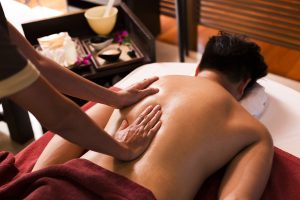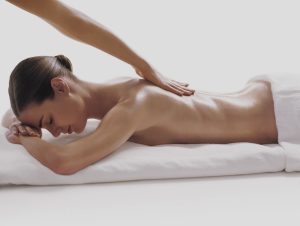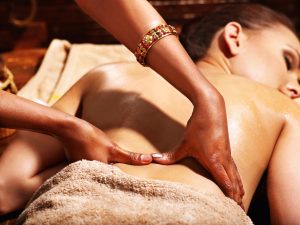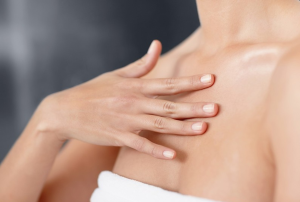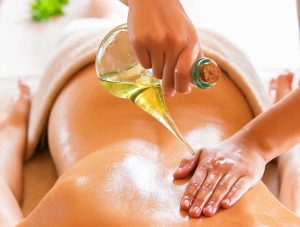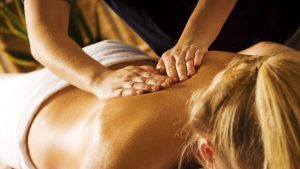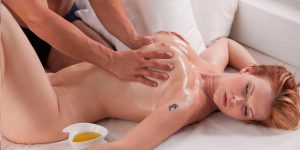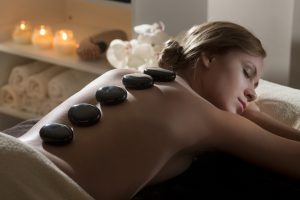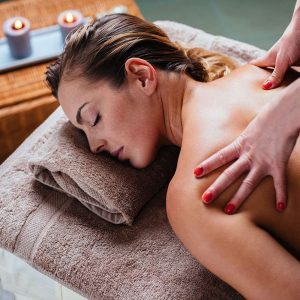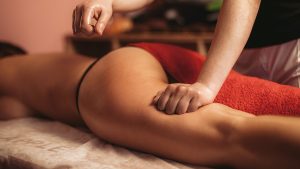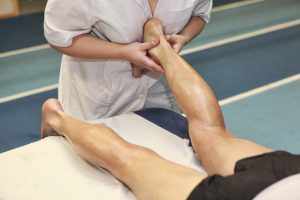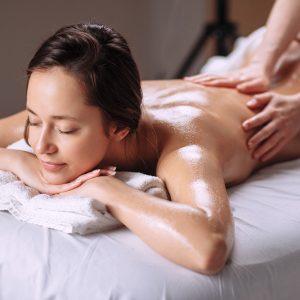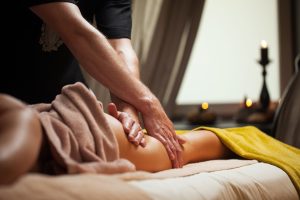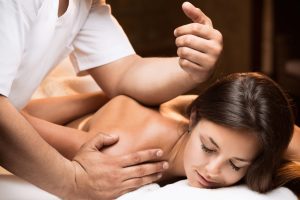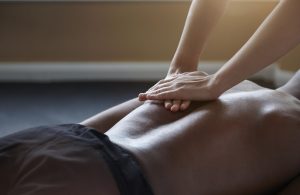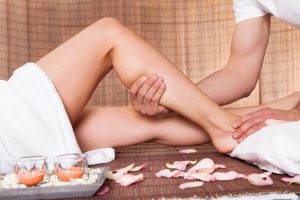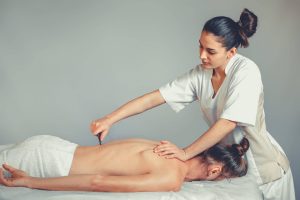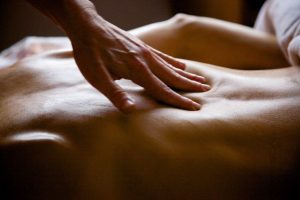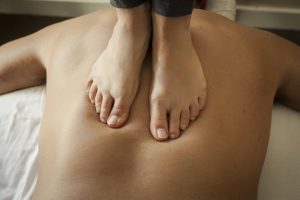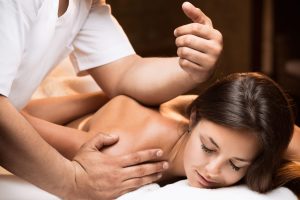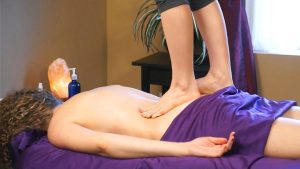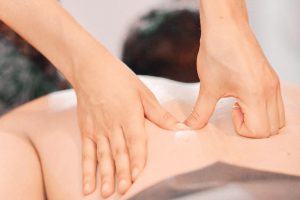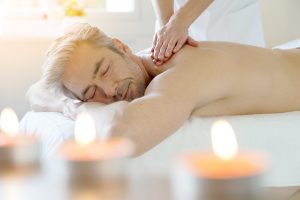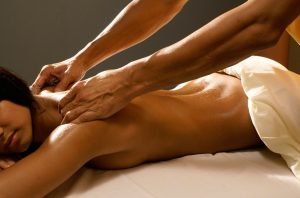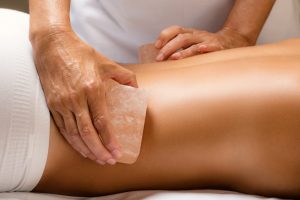Massage is one of the most popular ways to relax and improve overall well-being. However, when choosing a massage technique, the question arises: what is better – a relaxing massage or deep tissue massage? Both of these types have unique characteristics and effects on the body.
What is a Relaxing Massage?
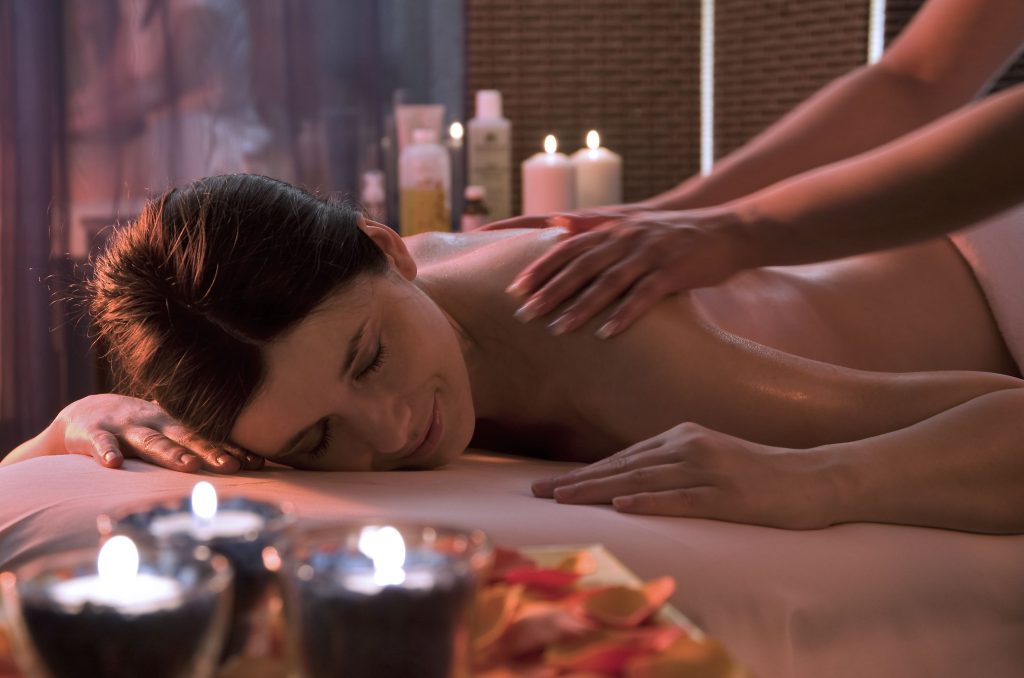

This technique is one of the most popular methods for achieving deep relaxation and stress relief. It offers a pleasant and soothing effect on the body and mind, allowing you to completely disconnect from everyday concerns and enjoy the moment.
Techniques and Movements Used in Relaxing Massage
The practice involves various techniques and movements that create a sense of deep relaxation and tranquility:
- Effleurage: Gentle, gliding strokes.
- Petrissage: Kneading and squeezing movements.
- Comfortable pressure: Gentle and relaxing pressure applied to the body.
- Stretching and elongation: Stretching and lengthening movements.
- Vibration and rocking: Gentle vibrations and rocking motions.
Benefits and Advantages of Relaxing Massage for the Body
This technique offers numerous benefits and positive effects for the body:
- Stress and tension relief: Helps alleviate physical and emotional stress, improving psychological well-being.
- Improved sleep: Enhances circadian rhythms and relaxation, promoting better sleep quality.
- Enhanced circulation: Improves oxygen and nutrient delivery to the body’s tissues.
- Pain and discomfort reduction: Helps relax muscles and improve flexibility, leading to reduced discomfort and improved mobility.
- Strengthened immune system: Reduces inflammation and activates natural defense mechanisms.
What is Deep Tissue Massage?
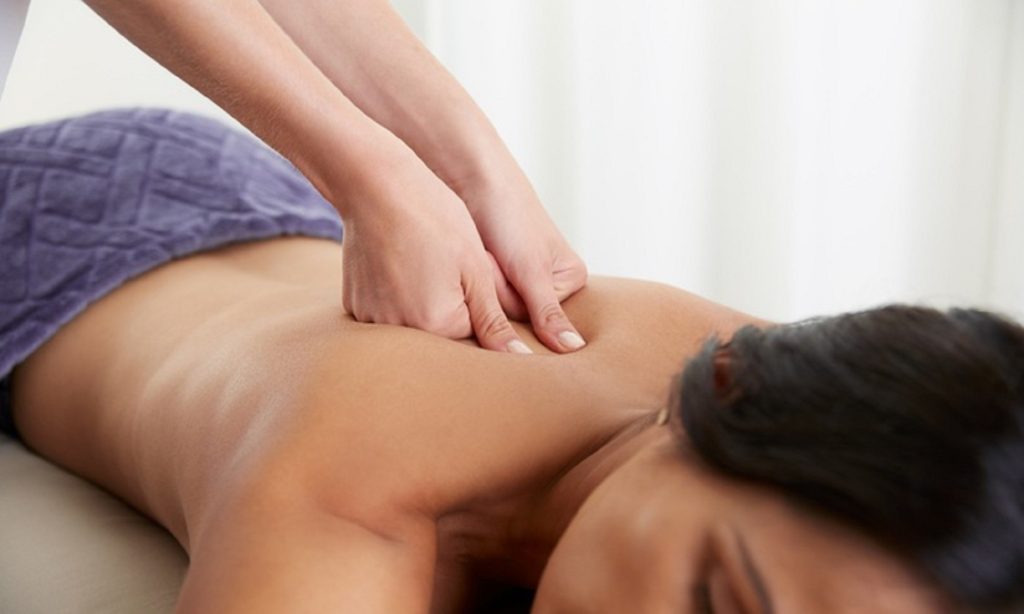

Deep tissue massage focuses on working with the deep layers of muscles and connective tissues in the body. It involves penetrating the tissues and applying intense techniques to address chronic tension, treat injuries, and aid in recovery.
Techniques and Movements Used in Deep Tissue Massage
This practice involves specific techniques and movements that target the deep layers of muscles and connective tissues:
- Deep pressure and compression: Firm and sustained pressure applied to the body.
- Rolling and stretching: Rolling and stretching movements to release tension.
- Cross-fiber friction: Deep and targeted friction applied across the muscle fibers.
- Trigger point therapy: Focused pressure on specific trigger points.
- Vibration and shaking: Rapid vibrations and shaking motions.
- Joint mobilization and stretching: Techniques to stretch and mobilize the joints.
Benefits and Advantages of Deep Tissue Massage for the Body
This procedure offers several benefits and positive effects for the body:
- Muscle tension relief: Particularly beneficial for individuals suffering from chronic muscle tension or spasms.
- Improved mobility and flexibility: Increases the range of motion.
- Pain relief and injury recovery: Promotes increased blood circulation and lymphatic drainage, aiding in tissue healing and recovery.
- Enhanced circulation and lymphatic drainage: Improves oxygen and nutrient circulation, facilitating the efficient removal of waste and toxins from tissues.
- Stress reduction and psychological well-being: Stimulates the release of endorphins, natural painkillers, and “feel-good” hormones, which can enhance mood and overall psychological well-being.
Which Massage to Choose Based on Individual Needs and Goals?
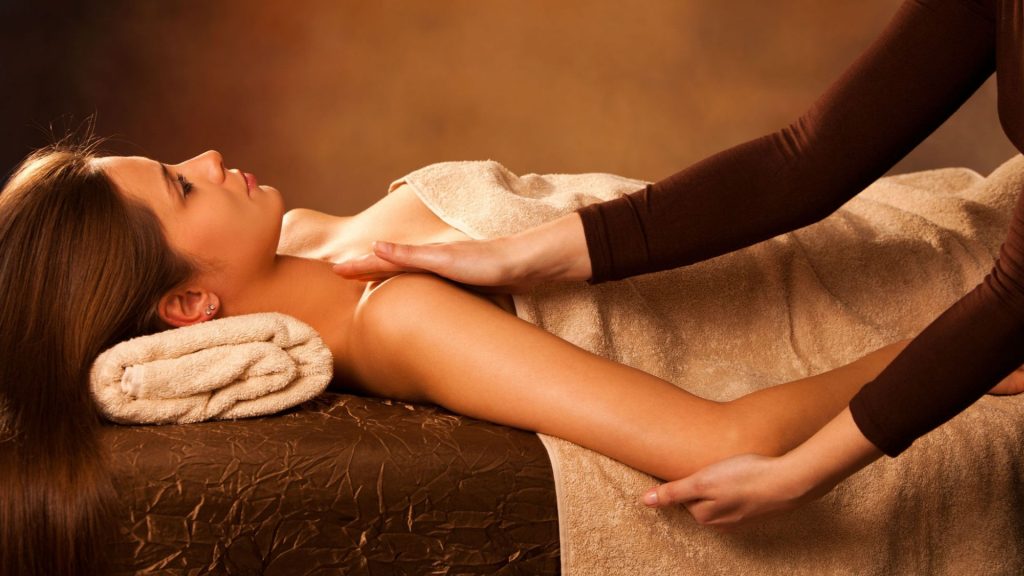

The choice between these two massage practices depends on your individual needs and goals. Here are some factors that can help you make a decision:
- Massage goal: If your primary goal is overall relaxation, stress relief, and creating a sense of tranquility, a relaxing massage may be more suitable for you.
- Level of tension and pain: If you have chronic muscle tension, painful areas, or a sense of restricted movement, deep tissue massage may be more appropriate.
- Preference for intensity: Deep tissue massage is usually more intense and can create some discomfort or pressure.
- Specialist recommendations: If you have specific medical conditions or health concerns, it is recommended to consult with a massage therapist or healthcare professional.
Questions and Answers:
What is massage therapy?
Massage therapy involves the manual manipulation of soft tissues in the body to enhance overall health and well-being. It is a hands-on technique that helps relieve muscle tension, promote relaxation, and improve circulation. A massage therapist uses various techniques to target specific areas of the body.
What are the different types of massage?
There are several types of massage therapy, including deep tissue massage, relaxation massage, and Swedish massage. Deep tissue massage focuses on deeper layers of muscles and connective tissue, while relaxation massage aims to promote overall relaxation and stress relief. Swedish massage combines various techniques to provide a soothing and therapeutic experience.
How does massage therapy relieve muscle tension?
Massage therapy helps relieve muscle tension by applying pressure and manipulating soft tissues. The kneading and stroking motions used during a massage session help increase blood flow to the muscles, promoting relaxation and releasing knots or tightness in the muscles.
What are the benefits of deep tissue massage?
Deep tissue massage uses firm pressure and slow strokes to target deeper layers of muscles and connective tissue. It can help alleviate chronic muscle pain, improve posture, reduce scar tissue, and increase flexibility. Deep tissue massage is often recommended for individuals with specific problem areas or injuries.
What is the difference between relaxation massage and deep tissue massage?
Relaxation massage aims to provide overall relaxation and stress relief. It uses gentle strokes and light pressure to promote a sense of tranquility. In contrast, deep tissue massage focuses on targeting deeper layers of muscles and connective tissue to address specific issues and alleviate chronic muscle tension.
How do I choose a massage therapist?
When selecting a massage therapist, it’s important to consider their qualifications and experience. Look for licensed professionals who have undergone proper training and have a good reputation. You may also want to consider any specific requirements or preferences you have, such as the type of massage technique you prefer.
How often should I get a massage?
The frequency of massage therapy sessions depends on individual needs and preferences. Some people may benefit from weekly or bi-weekly sessions, while others may find that monthly or occasional sessions are sufficient. It’s best to discuss your specific needs with a professional massage therapist who can recommend an appropriate schedule for you.
Are there any contraindications for a relaxing massage?
Like any other type of massage, a relaxing massage has some contraindications. It is advisable to refrain from it if you have allergies to oils or lotions, as well as if you have acute injuries or wounds, tumors, or new growths. Additionally, the presence of acute infections or inflammations is also a reason to postpone visiting a massage therapist.
Are there any contraindications for deep tissue massage?
Certainly, this type of massage may be undesirable in the case of skin conditions such as eczema, dermatitis, or fungal infections. It is also advisable to avoid it if you have cardiovascular conditions, hypertension, or diabetes. Pregnant women are also advised to abstain from visiting a massage therapist.

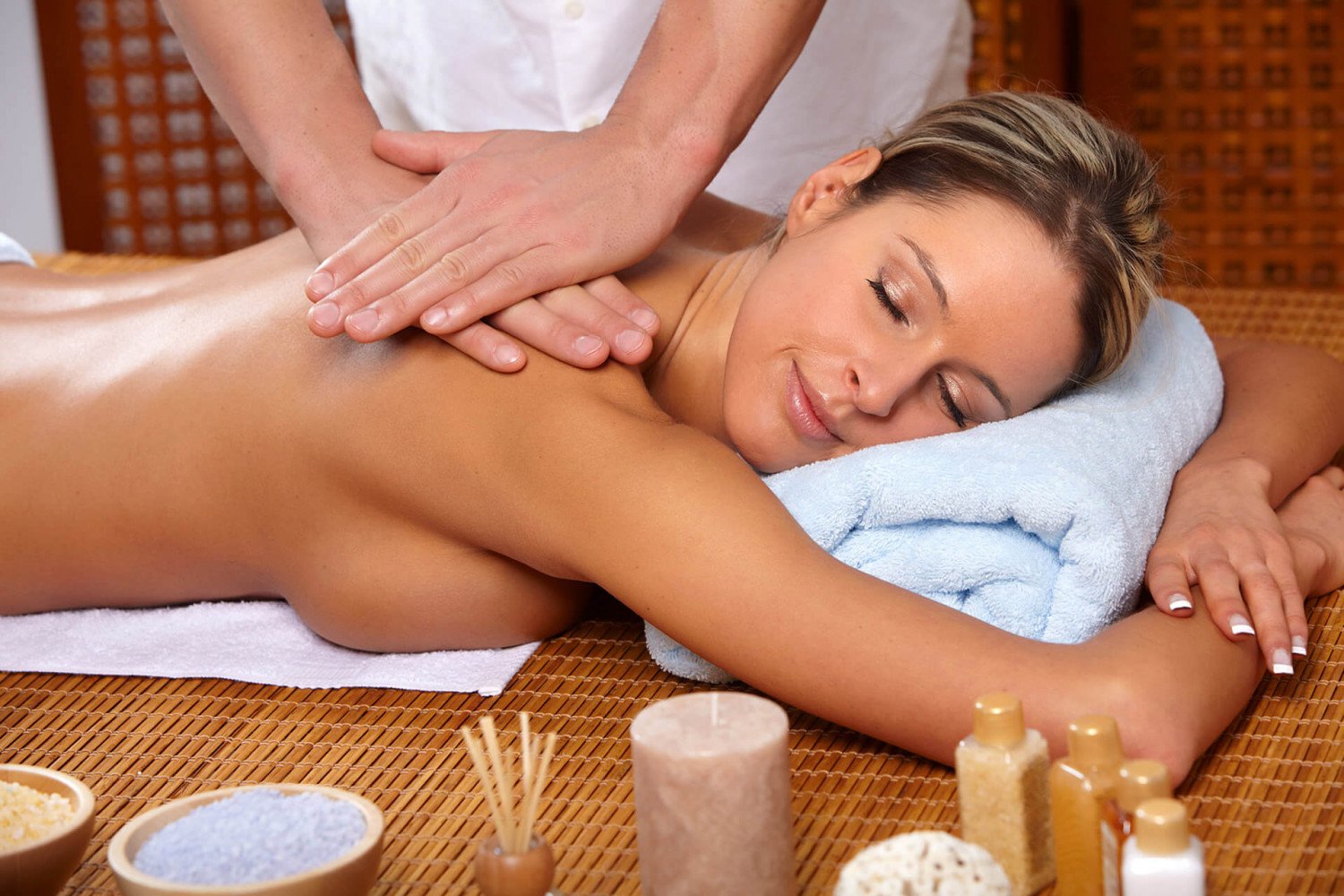









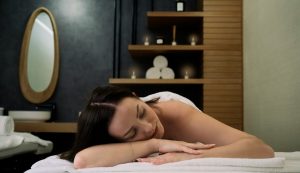
![11 Best Alternatives to Bedpage: Your Ultimate Guide [March 2024]](https://massage.dating/wp-content/uploads/2024/03/Best-Alternatives-to-Bedpage-300x200.jpg)







